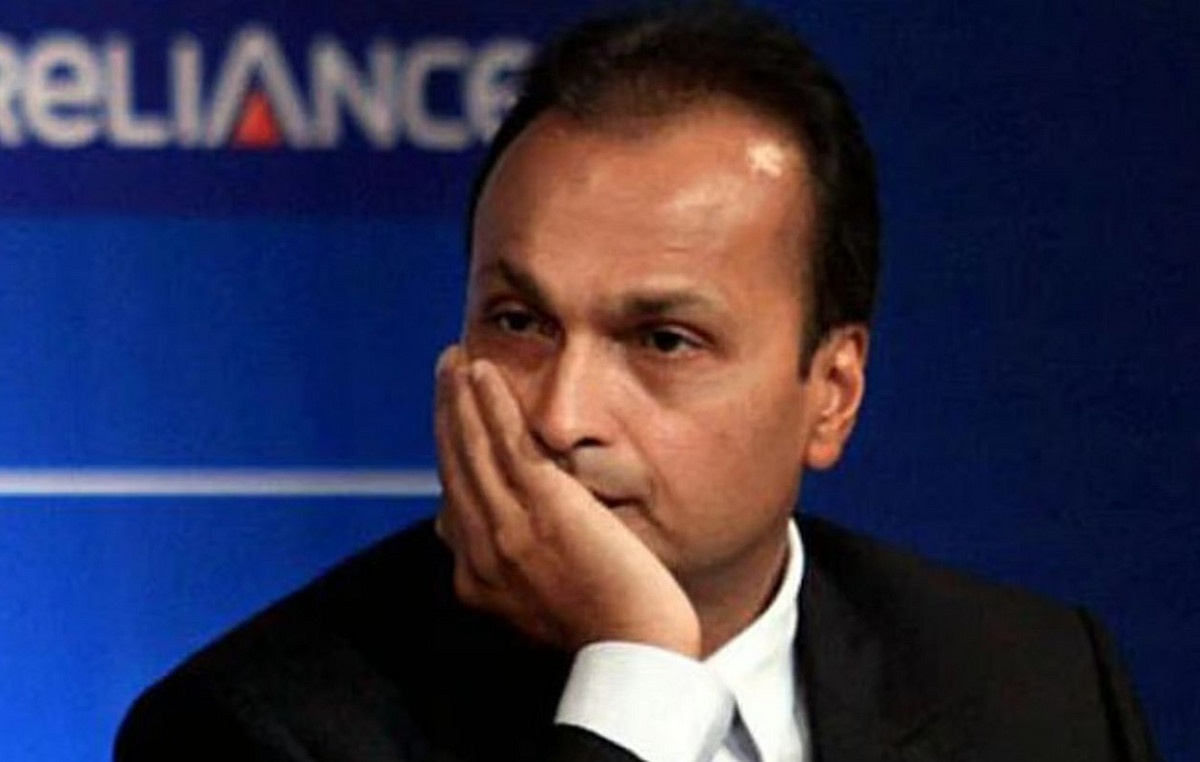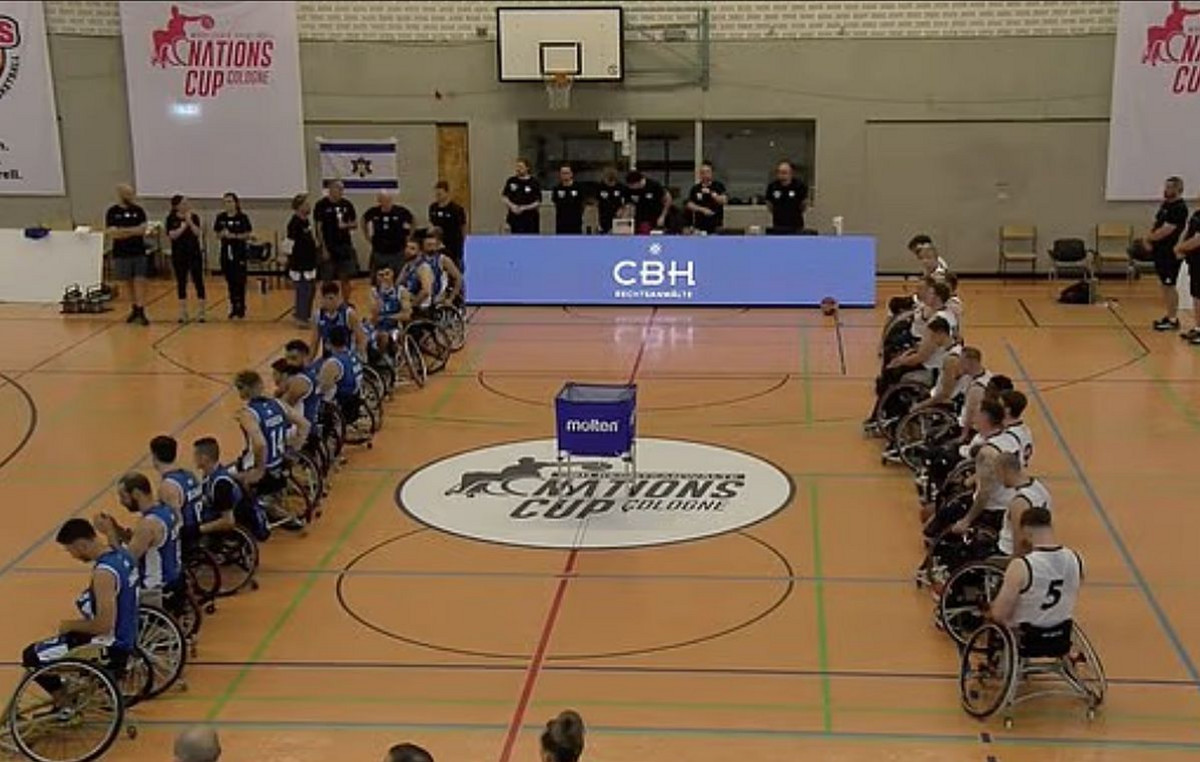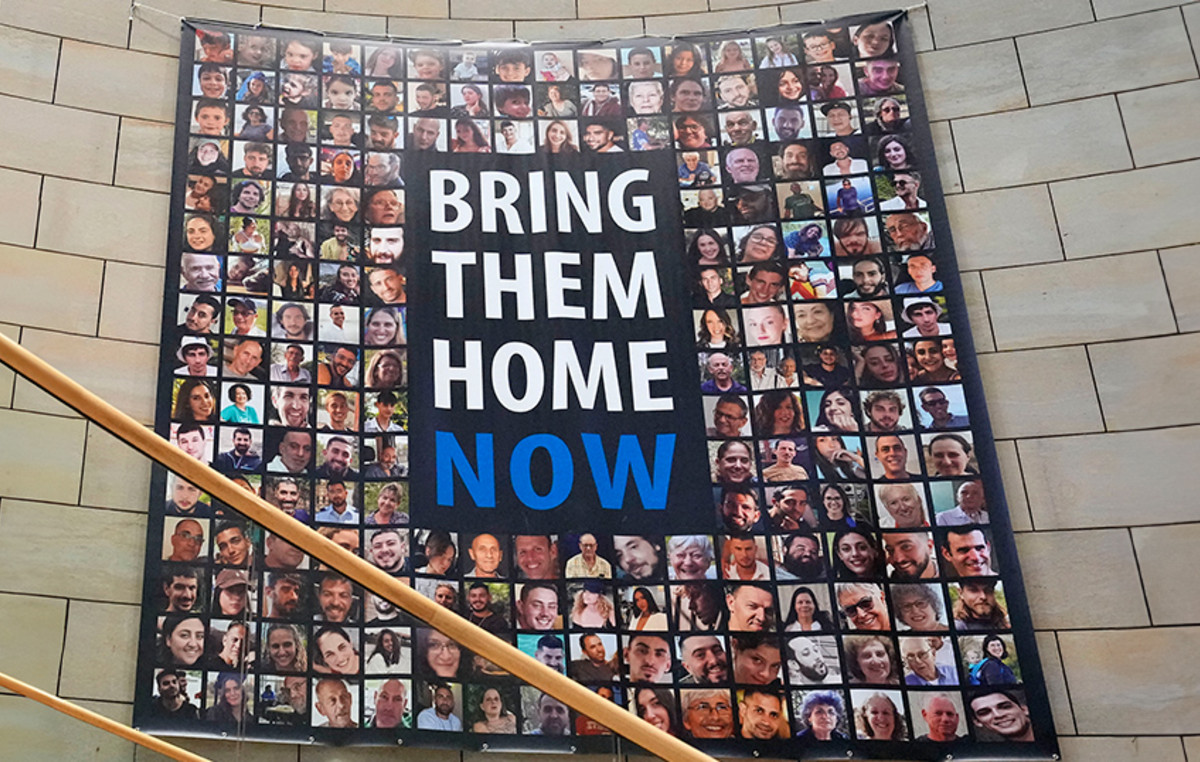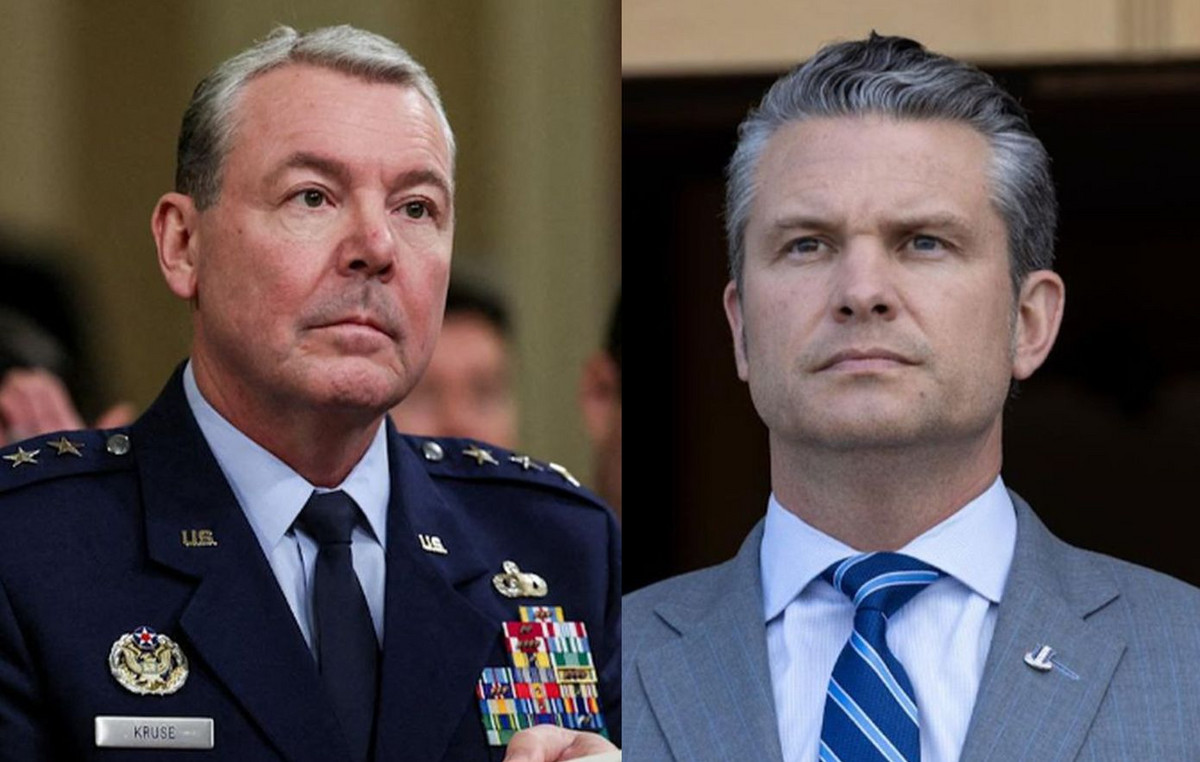There is something magical in the way Ingrid Carbone It unites two apparently distant worlds: Music and Mathematics. University professor of mathematical analysis and professional pianist, Ingrid Carboni divides his life among the classrooms of the University, where he teaches the first year students, and the concert halls, where he performs with his innovative “conversations-conferred”. A double career that juggles Between scientific rigor and artistic fantasybetween formulas and notes: rigor and certainty on the one hand, fantasy and emotion on the other. But how do you actually translate this dialogue into your daily life?
The rhythm as arithmetic
The music-mamatic combination is not at all a contrast, on the contrary: “At the base of music there is the rhythm, and the rhythm is pure elementary arithmetic”, explains Carbone with the naturalness of those who found the quadrature of the circle. “It is no coincidence that many children, especially those introduced to family music, throw the sponge in front of the difficulty of the solfeggio, which is a bit like the anatomy exam for medical students: who holds, goes on”. In fact, the solfeggio, so feared, requires a certain familiarity with mathematics, even if it is not necessary to be a genius of numbers: “Just a familiarity with elementary arithmetic, the one that is learned in elementary or early middle school”, specifies the mathematician-plaque.
The scientific method as added value
For coal, Mathematics is the essential foundation for understanding the rhythm and, consequently, to progress in the music study: “Without a rigorous study and a complete understanding of the rhythm you cannot go on.” Not only that: “My mathematical formation profoundly influences the way in which a musical piece studies, especially today, when an execution becomes a record production and requires a much more in -depth analysis”. Still, this relationship has not always been so linear: “Until recently I saw mathematics as a contrast to musicalmost like a weight, a limit to my artistic growth ». Then came the electrocution: “I realized that the scientific method that I learned at university and through my academic activity is a fundamental added value for my music study”.
Teaching as an experimentation ground
But The relationship between mathematics and music does not end in artistic practice: Carbone is also a university professor and this double experience enriches her enormously, influencing her way of teaching. «I teach mathematical analysis to the first year students, and even if the topics are always the same, each lesson is different. Often sudden new ways to get to a concept, “he says. “This approach arises from my almost compulsive need to share and transmit knowledge, both in the mathematical and musical field”.
Conversations-Conversations
In his most innovative project, the “conversations-conversations”, Ingrid Carbone guides the public through A fascinating journey where music and mathematics intertwine without ever turning into a boring academic lessonbut remaining a personal and engaging story. “I do not present the mathematics behind the preparation of the ropes or the temperate system, because I would only turn to a niche of mathematicians,” he explains with pragmatism. “I tell my personal path, as I see and interpret a musical song going beyond the simple notes, exactly like in a theorem where every step is essential and nothing can be superfluous”.
The parallel is crystal clear: just as in a theorem every step must follow an impeccable logical order, music also has its structure and a historical and cultural context to be religiously respected. “When I study a song I always try to put myself in the shoes of the composer, to understand what he really wanted to convey, what precise emotions he wanted to arouse,” he explains. “Only when I feel I have reached this deep understanding do I feel ready to share it with the public.”
And precisely this in -depth knowledge paradoxically free the artist, making the interpretation more faithful and authentic: “The scientific method does not stiffen my music at all, indeed it offers me the concrete possibility of going beyond appearances, to truly free my imagination and emotion”. After all, as she underlines with conviction, “music and mathematics are simply two different ways to tell the world and share the deepest emotions”.
Source: Vanity Fair
I’m Susan Karen, a professional writer and editor at World Stock Market. I specialize in Entertainment news, writing stories that keep readers informed on all the latest developments in the industry. With over five years of experience in creating engaging content and copywriting for various media outlets, I have grown to become an invaluable asset to any team.







